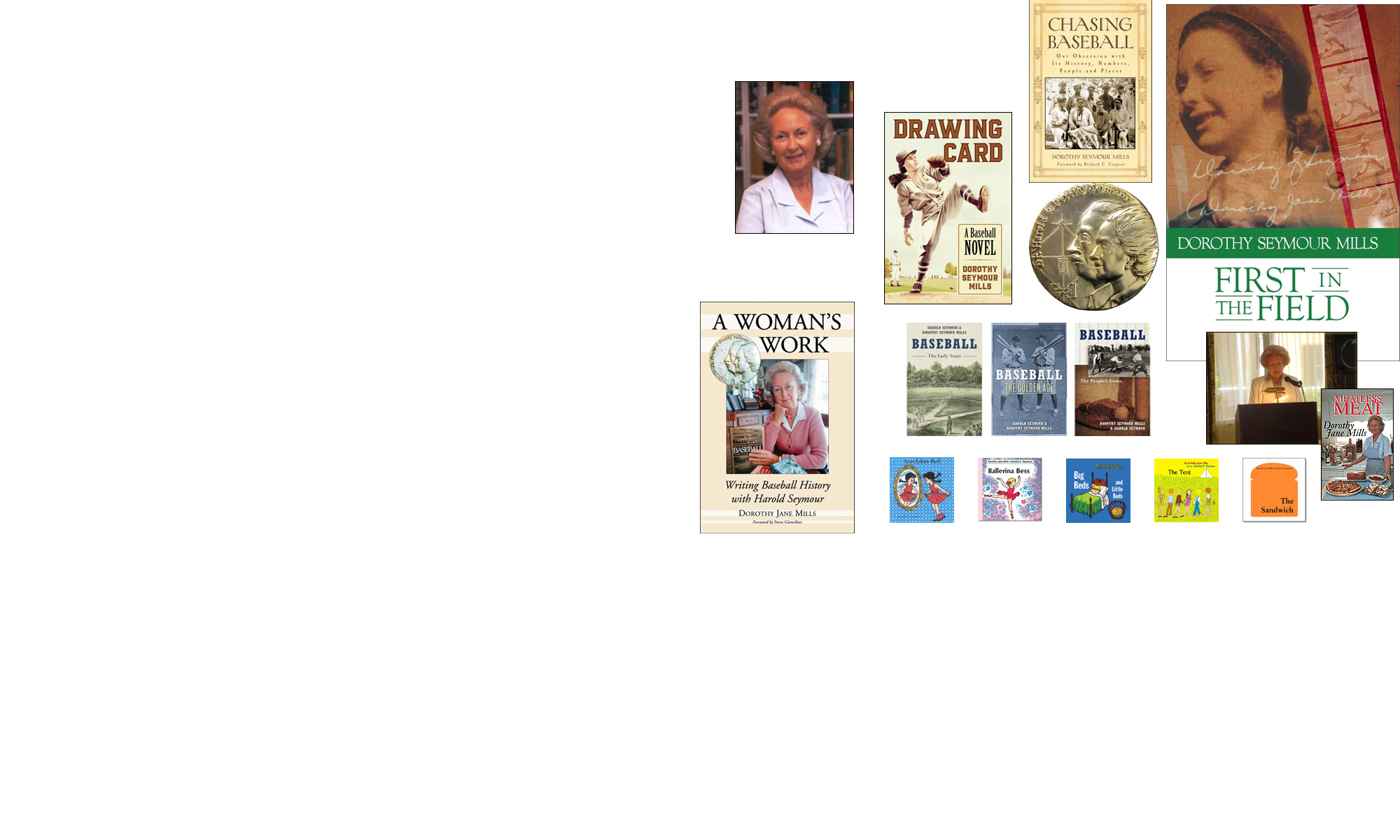For a long time I’ve been irritated by TV commercials that make junk food look delicious and fail to reveal its real content. Fish and meat dripping with butter, sandwiches so thick the actors can hardly get their mouths around them — these pictures turn me off. The sales pitch for Domino’s Pizza boasts that it features fresh dough instead of frozen, but it never reveals what’s in either.
Just as annoying to me are the magazine features playing up exotic foods like a lamb’s scrotum stuffed with foie gras and topped with an infusion of tinkleberries — okay, I made that one up. But what has this kind of puffery have to do with nutrition?
I would like just once to see an ad that begins by telling me exactly what’s in a prepared food like canned soup or muffin mix and how much healthier I’ll be when I cook and eat the Hamburger Helper or Cheerios it features. I think food value should be the first consideration, for no matter how delicious something looks and tastes, if it’s going to be bad for me in the long run, why should I put it inside my body?
Although I’ve gone meatless for 40 years and dairy-free for 35, just recently I’ve also cut out wheat, eliminated sugary sherbet (my only dessert for years), cut way back on bread, and stopped eating fish. I’ve been considering doing this for some time, but what made me take the step to becoming a vegan was reading a new Rodale book called Lose the Wheat, Lose the Weight, and watching two videos from Netflix: Forks Over Knives and Food Matters. I found the book and the videos fascinating. In one week I’ve already lost four pounds, and I feel better. I haven’t needed any digestive aids, and my sleeping habits have improved.
Nutritionists have for years been pointing out the strong correlation between meat and cancer. After I gave up meat, I spent a long time searching for something that looked and tasted like it. I was reared on meat and was used to eating it every day. Looking for something to substitute for my meat habit helped me locate the soy product called Textured Vegetable Protein, or TVP, which food producers now use to make veggie burgers. As a result of experimenting with TVP, I published a book of recipes I devised that mimicked favorite foods of people who eat meat. That book, Meatless Meat: A Hundred Recipes for Meat Substitutes, has helped a lot of meat eaters take the first step to the elimination of meat from their diets.
For people new to vegetarianism, this book is now available as an electronic book from Thinker Media. Meatless Meat demonstrates how easy it is to make a delicious meatless patty or pizza or meatloaf, one tasting so much like the meat version that many people who try it can’t tell the difference. My favorite recipe in Meatless Meat is the easiest: adding TVP to a delicious Italian tomato sauce to make it seem like a meaty addition to the spaghetti. Nowadays, since eliminating wheat from my diet, when I prepare a pasta meal I use rice or corn spaghetti — just as tasty as wheat.
If you haven’t learned that wheat contains gluten, you might want to read up on it. Gluten is hard for many of us to digest, and some people, those with celiac disease, can’t digest it at all. How did wheat — and some other grains — become so hard to digest? Because of changes made by the growers in the original grain, changes that weren’t tested on humans before being sold around the world. One of the effects of wheat is that it causes addiction. High-fat foods have the same effect.
An example of both appeared in The New York Times of Oct. 14, 2012, when Gayle King, host of “CBS This Morning,” admitted, “Krispy Kreme is really like heroin to me. I’ve literally gone to Krispy Kreme when it’s first out of the oven, bought a dozen to share and eaten eight of them before my destination, which was three blocks away. That’s not an exaggeration.” Would you want food to control you in that way? If it did, I’d find it hard to admit it as Gayle King did.
It’s unfortunate that most people believe protein and meat are synonymous. They don’t even know that plant protein exists. Every nutritionist will tell you that getting your protein from beans, legumes, tofu, quinoa, and other plants is much better for your health than eating meat. Nutritionists blame the current epidemics of obesity, cancer, and heart disease squarely on fatty and meaty food as well as high dairy consumption.
Why are these foods continually advertised and sold as if they were healthy? Because the government not only permits their sale, it promotes them through the National Research Council, whose members are largely backed by agribusiness, especially the Meat Council and the Dairy Council. It’s the National Research Council that publishes diet information like the Food Pyramid, which features meat and dairy as valuable foods instead of foods to be avoided.
The most astounding news I learned from the two videos I mentioned is that cancer and heart disease are not only completely preventable by diet, they can even be reversed by dietary change. Drugs can’t reverse these diseases; they merely treat the symptoms. Eating a diet of valuable foods is the only way to avoid these illnesses and reverse them if they’ve already attacked us.
If you want to take just the first step toward avoiding obesity, cancer, and heart disease, cut out meat. Get help in eating delicious plant-based protein. The book Meatless Meat is one way to start.
— Dorothy Jane Mills
